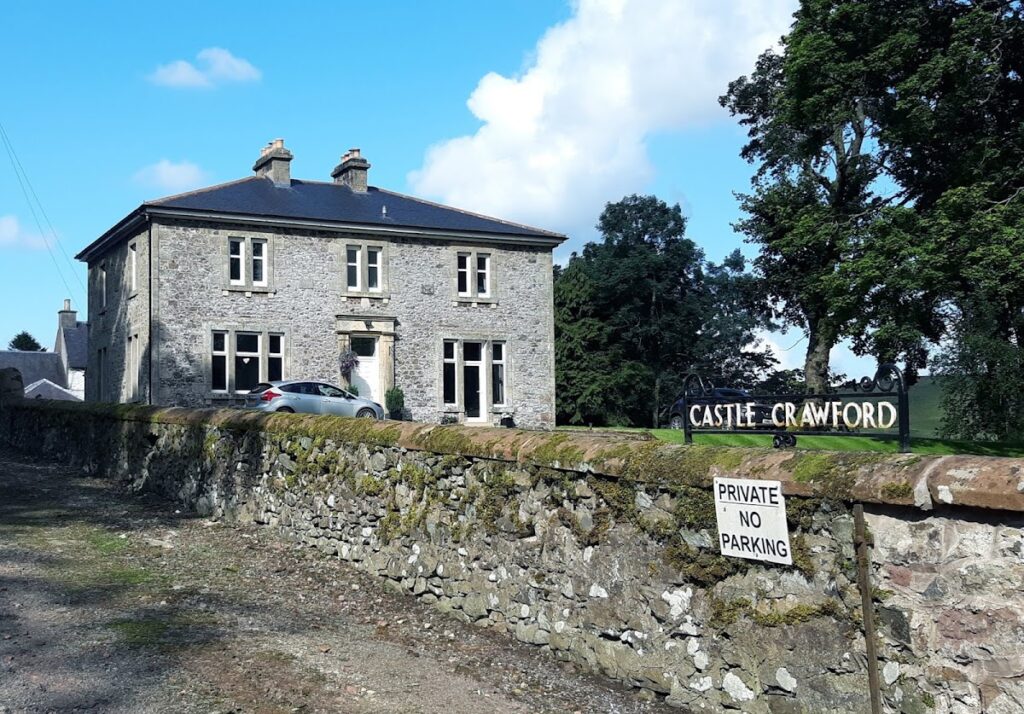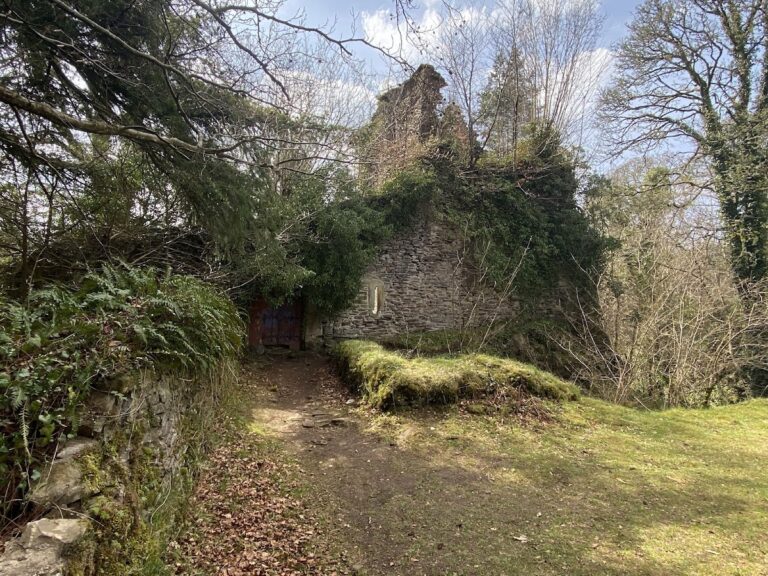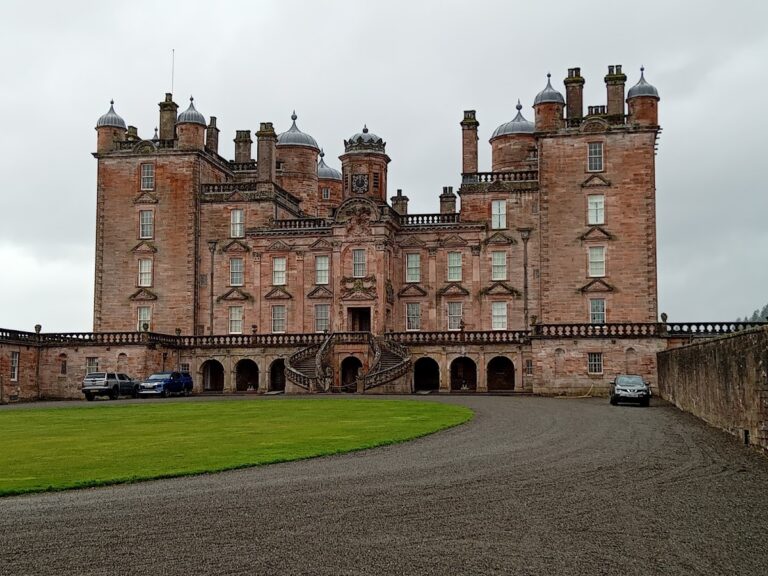Crawford Castle: A Historic Fortification in Scotland
Visitor Information
Google Rating: 4.4
Popularity: Very Low
Google Maps: View on Google Maps
Country: United Kingdom
Civilization: Unclassified
Remains: Military
History
Crawford Castle is located on the north bank of the River Clyde near the village of Crawford in Scotland. The site originally hosted a Roman fort, constructed and occupied between roughly 80 AD and 170 AD, which housed a garrison of about 300 soldiers.
Following the Roman period, the location became the center of the Barony of Crawford, the largest barony in southern Scotland. Established before 1100, its earliest known lord was Sveinn, succeeded by his son Thor. It is believed that Thor constructed the first earthwork and timber fortifications on the site before the year 1175. Around 1154, the influential Lindsay family came into possession of the barony through marriage. William Lindsay, recorded as Lord of Crawford between 1185 and 1190, is credited with converting the castle into stone by about 1175.
The Carmichael family of Meadowflatt served as hereditary constables of the castle from early times, continuing in this role through successive owners until the late 16th century. In 1398, Robert II bestowed the title Earl of Crawford on David Lindsay, who was noted for his bravery in a 1390 duel on London Bridge against Baron Welles, the English champion.
The barony changed hands in 1488 when it was granted to Archibald Douglas, the 5th Earl of Angus, for his role in supporting King James IV’s rebellion. The Douglas family maintained ownership until 1528 when James V confiscated the property. He repurposed it as a royal hunting lodge, frequently visiting until his death in 1542. During this period, James V’s mistress, Elizabeth Carmichael—daughter of the hereditary constable—gave birth to John Stewart, who became Commendator of Coldingham. Records show James V and his queen consort, Mary of Guise, arriving at the castle in 1541, bringing tapestries to furnish the residence.
After the king’s death, the barony was restored to the Earls of Angus, with the Carmichaels’ role as keepers ending in 1595. In 1633, the 11th Earl was elevated to Marquess of Douglas, a status which likely coincided with significant rebuilding of the castle. Ownership eventually passed to the Duke of Hamilton and later to Sir George Colebrooke in the 18th century. Over time, the castle was repurposed as a farmhouse before being abandoned by the end of that century. Much of its stone was taken to construct Crawford Castle Farm nearby.
Four carved stone tablets, bearing coats of arms—including one dated 1648—were inserted into the west and south walls of Crawford Castle House, reflecting the site’s enduring connection to local nobility. Today, the castle site is protected as a Scheduled Ancient Monument, formally recognized under early 20th-century heritage legislation.
Remains
The ruins of Crawford Castle occupy an earlier motte and bailey earthwork, a type of medieval fortification where a raised mound, or motte, supports a fortified enclosure. The motte rises approximately five metres high, surrounded by a ditch that likely served defensive purposes. To the south-west of the motte lies the bailey, a courtyard measuring around 45 by 33 metres, which originally would have contained auxiliary buildings and served as a controlled space within the castle’s defenses.
Atop the motte are vestiges of a stone curtain wall forming a roughly square enclosure about 20 by 20 metres. This wall may have been reinforced by rounded towers at its corners, a feature common in late medieval fortifications. This enclosure is thought to date from the late 16th or early 17th century, suggesting a phase of remodeling under the Marquess of Douglas or his predecessors.
Attached to this enclosure on the south-west side is the remains of a three-storey, tower-like building. It included an attic and a vaulted basement, notable for its projecting chimney breast, which helped with heating. Constructed around the same time as the curtain wall, this structure represents an evolution in the castle’s domestic architecture, combining defensive form with more comfortable living spaces.
In the 17th century, a second building range was added to the south-east side, featuring larger rooms and bigger windows, indicating further adaptation for residential use rather than solely military defense. An arched recess on the eastern wall reveals a former single-storey projection, which would have extended the main living quarters or served a specific function such as storage or service.
Most of the stonework visible today stems from the 17th-century rebuilding phase attributed to the Marquess of Douglas, reflecting changes in ownership and the castle’s role over time. After the castle was abandoned in the late 18th century, much of its stone was salvaged for nearby agricultural buildings, notably Crawford Castle Farm. Despite this, substantial fragments remain in situ, preserving the outlines of the motte and parts of the stone enclosure, which continue to testify to the site’s long and varied history.
The site is officially recorded by Scotland’s Royal Commission on the Ancient and Historical Monuments, classified as either a castle or motte, recognizing its layered archaeological and historical significance.










